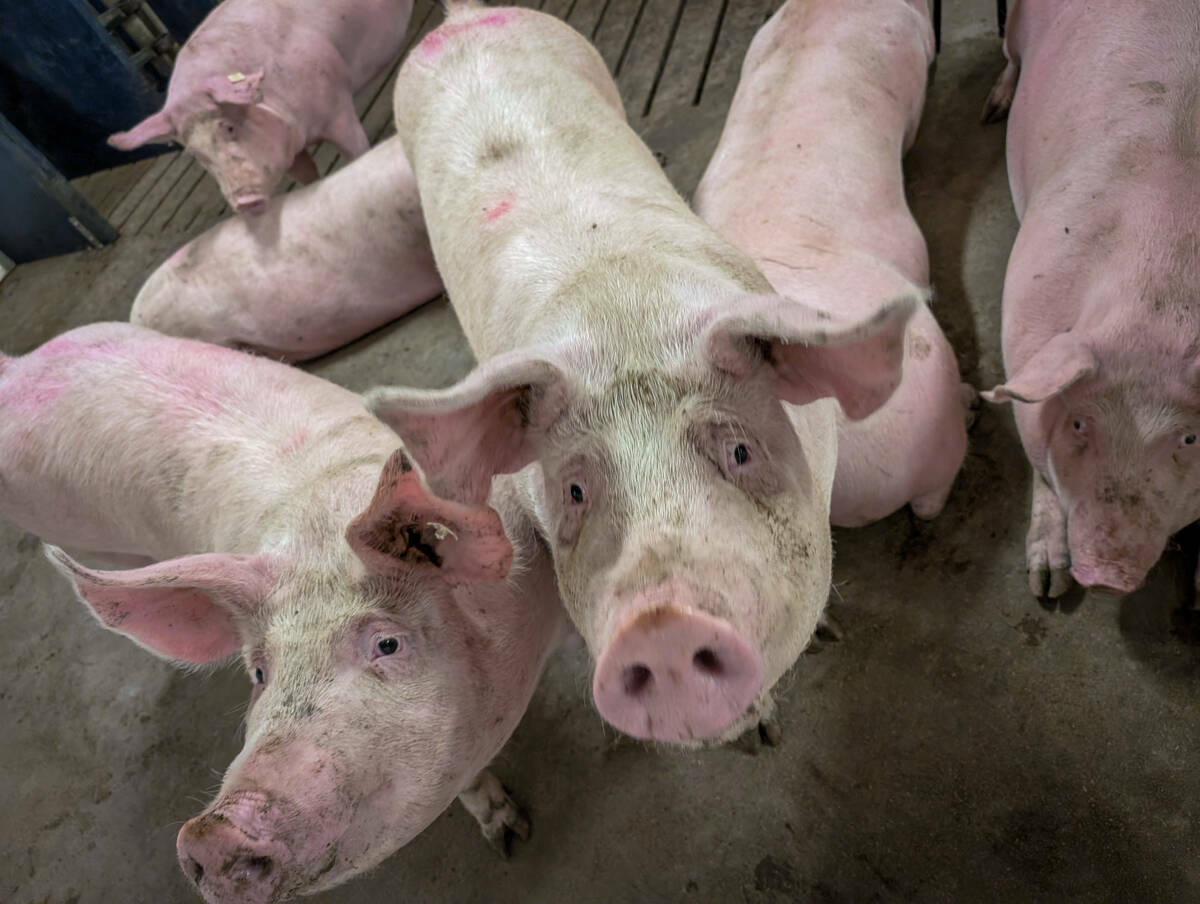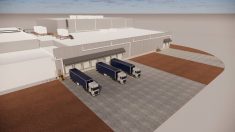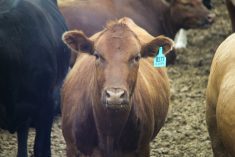A new climate change initiative in Alberta will put producers in the driver’s seat so they can test-drive best management practices and see what works.
The concept is called Living Labs, a three-year-old program that is already showing results in other provinces and is being implemented nationally. The version being rolled out here is called Alberta AgriSystems Living Lab, with Alberta Beef Producers taking the lead role.
Producers who sign on will be full partners in the collaborative program, said the new organization’s head of engagement.
Read Also

Ottawa pauses update on food from cloned livestock
Health Canada has indefinitely suspended a proposed update to the novel food policy governing foods derived from cloned cattle and swine, as well as their progeny.
“No one knows your land, production and challenges better than you,” said Adrienne Herron. “A Living Lab is a research initiative where your expertise as a producer is recognized and valued. Your input and hands-on experience is part of the process from the very beginning.”
[RELATED] Federal, provincial governments partner on ecological goods and services program
ABP will receive $8.5 million over five years for the project, which has several focus areas: grazing management, livestock feeding, nutrient and fertilizer management, increasing carbon storage, land-use changes (such as converting marginal cropland to forages), and crop rotations and cropping systems.
Alberta Beef Producers is one of 16 participants in the program, which includes Alberta Wheat and Barley, Ducks Unlimited Canada, research institutions and other organizations.
But the key partners will be farmers who are willing to try something new or different in collaboration with researchers and advisors.
“We are looking for producers who are maybe interested in trying something new, or tweaking an existing practice, looking to obtain data on the impact of a practice change, maybe validate how certain management practices might improve productivity or profitability or environmental benefits,” said Karin Schmid, beef production and extension lead with ABP.
“We can look at maybe exploring the integration of crop and livestock production systems between neighbours as well.”
As an added bonus, farmers can be paid for their time as they work with experts to find solutions to specific on-farm problems, said Schmid.
“It’s not the researcher coming in and saying, ‘OK, you have to do this, this and this, and we’ll take measurements on this, this and this,’” she said. “It’s really a collaborative approach.”
The focus will be squarely on finding what works in real life, she added.
“Living Labs is less about actual research and more about adoption,” said Schmid. “We are really looking at accelerating the speed of adoption of different practices. Reaching those farmers that are direct participants is a key goal of the whole initiative.
“I also have the hope that direct participants will act as champions. They’ll find out right away what works, what doesn’t, and why.”
While Ottawa is putting in most of the $8.5 million, industry partners will contribute more than $1.4 million. There will be three independent Living Labs, but they will cooperate and share information to reduce redundancy.
[RELATED] Alberta Beef Producers get funding for ‘living labs’ project
Data obtained from Living Labs can help inform government policy, said Schmid. That includes optimizing fertilizer use, which has become a flashpoint in recent months between the federal Liberal government and farmers. (The government has set a target of reducing greenhouse gas emissions from fertilizer use by 30 per cent by 2030 compared to 2020 levels.)
But again, it’s up to participating producers to decide what gets done on their farms.
“Because of the really collaborative nature of Living Labs, this is not a hard and fast roadmap,” said Schmid. “A lot of this depends on the farmers and what they want to accomplish and what’s feasible on their operations.”
The program has one restriction. Farmers who adopt a new practice or technology can’t go back to business as usual with that particular change because program officials need to measure and record the impacts.
ABP is seeking farmer participants.
“Where’s the benefit for the farmer in all of this?” Schmid asked during a webinar earlier this month. “It sounds really great in theory, but what’s in it for them and their operation?”
Her answer was knowledge, through access to experts and the data generated on their farms, as well as the chance to test best management practices recommended by experts.
“It’s an opportunity to try something new, either adapting or expanding an existing practice, being involved every step of the way,” she said.
“You get personalized support and expertise for implementation. You’ll get personalized cost-of-production reports as well as technical information like soil and yield mapping, carbon sequestration or greenhouse gas reduction data.
“And there is some annual compensation recognizing the impact of your time and expertise.”
The pitch appeals to Black Diamond rancher Ben Campbell, who said he would participate because the program has a positive vision, ample funding and good people. He’s most interested in wetland restoration and grazing management.
“I know that wetlands have been devastated and we are missing a lot of what we used to have,” said Campbell. “I’m a conservationist at heart and I’d love to make my ranch home to as much diverse wildlife as possible.
“Grazing management is also very interesting to me because it’s usually the lowest cost to implement and the highest return.”
The Waldron Ranch, the largest remaining block of deeded land along the eastern slopes of the Rockies, has spent as little as $2.50 an acre on grazing infrastructure — fences and waterers — and has been able to double or triple grazing yields in some parts of the ranch, he said.
“Whenever you are better able to manage and care for your land, you will see an increase in soil carbon, which has a wide array of impacts ranging from increased water absorption and retention to better nutrient cycling and less compaction,” he said.
“As we enter into a changing climate, I’m also interested to look into some new forage mixes to mitigate the damage, but also take advantage of new opportunities to grow more warm-season grasses.”
The program seeks to attract about 50 farmers in three areas: the Peace, west-central and southern parts of the province. However, interested producers from any area are encouraged to contact the organization to see if they might be able to participate.
More information, including FAQs and a recording of the webinar, can be found at the Alberta AgriSystems Living Lab website at agrisystemsll.ca.















